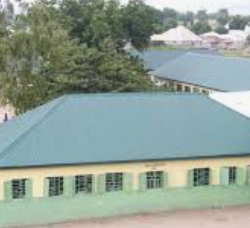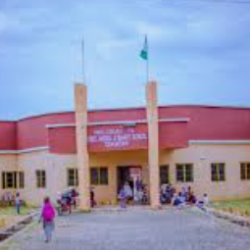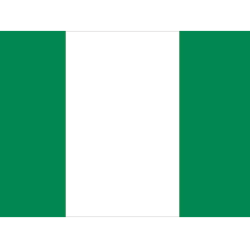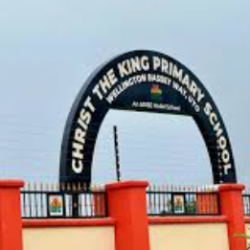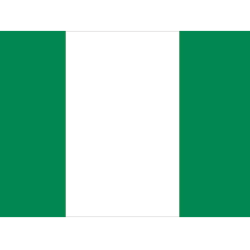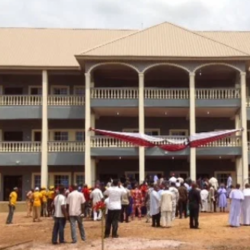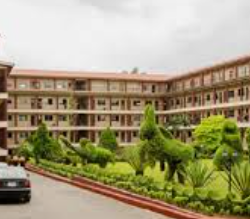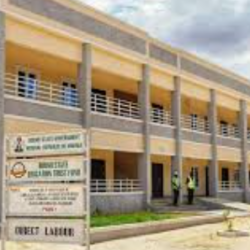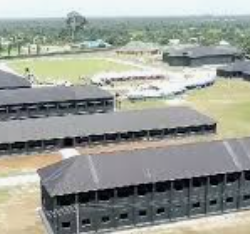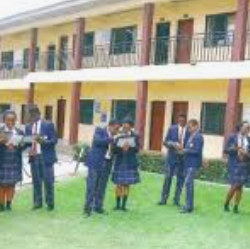THE Coat of Arms was designed by Nii Amon Kotei.
Kotei was a Ghanaian sculptor, painter, musician, surveyor, and graphic artist.
He belonged to the Ga ethnic group.
He is mostly remembered and celebrated as the designer of the coat of arms of Ghana.

Kotei, born on May 24, 1951 at Labadi, Greater Accra Region, Ghana, was one of Ghana’s most renowned artists.
He died on October 17, 2011 aged 96 years.
Education
Kotei was awarded a scholarship at Achimota School and later received a scholarship to study art at the London School of Printing and Graphic Art from 1949 to 1952.
- Achimota School
- London School of Printing and Graphic Art
Military service
During World War II, he served in the Royal West African Frontier Force and worked in the Cartographic Division of the Army drawing maps and plans for soldiers on the front lines.
Awards
He was awarded the State Honour of Grand Medal, Civil Division, Coat of Arms Design presented to him on Friday, 7 March 1997, by then-president Jerry Rawlings.
He received several other awards
Kotei was commissioned by the British colonial government to replace Ghana’s older coat of arms with a new one
In 1956, while working with the Government as a Graphic Artist, the British colonial government commissioned Kotei to replace the older badge which depicted an Elephant and a Palm tree; two symbols used throughout British West African colonies.

After his initial design, under the government’s instruction, the Coat of Arms was sent to the Queen’s College of Heraldry for approval.
The Ghanaian coat of arms, found on all government official letter heads, is composed of a shield, divided into four quarters by a green St. George’s Cross, rimmed with gold.

How Kotei came to be associated with Ghana Coat of Arms
“I was instructed to divide the shield into four parts and used the elephant’s skin as the symbol of chieftaincy, the Castle as seat of government, the mineral wealth of the country and our fertile land as motifs for the design, he said.
To aid him in his work, Mr. Kotei said he was given a big book containing various crests and Coat-of-Arms of countries around the world to study for him to be guided to design a unique Coat-of-Arms for Ghana.
After almost a month, he said he came up with a design and it was sent to the Queen’s College of Heraldry in United Kingdom for his work to be approved.
When it was returned, some minor changes had been made to it, Mr. Kotei said.
“In my design, the star was suspending but the College of Heraldry pushed it down to rest on the shield. In addition they a put miniature scroll around the eagle leg with the colours red, gold and green”, he added.
He noted that the end of the scroll bearing the motto “Freedom and Justice” was already flying but it was folded. “They (the British) also added the British lion to the design”, he said.
Mr. Kotei acknowledged that the changes made the design look better.
“After the final touches, the design was brought back to the Gold Coast with the following comment: “The College had the opportunity to view numerous crests but the one from Ghana came almost perfect”. Mr. Kotei said when the Coat-of Arms was sent to Gold Coast Cabinet it was brought back to him to remove the lion from it.
“I did that but to my surprise, it was returned again from Cabinet to restore the lion”, he said.
Reference: http://www.ghanaculture.gov.gh/index1.php?linkid=65&archiveid=519&page=1&adate=06%2F03%2F2007
